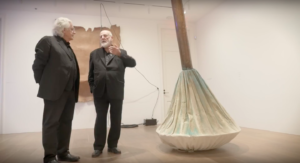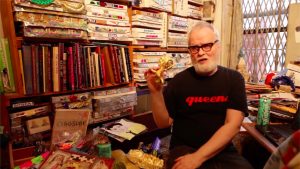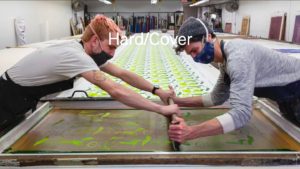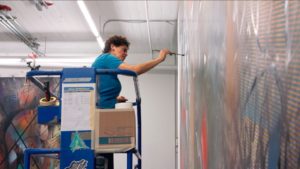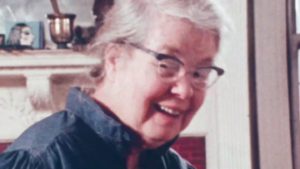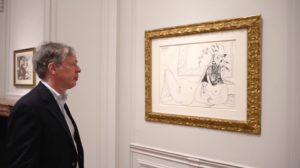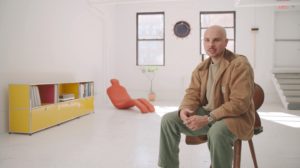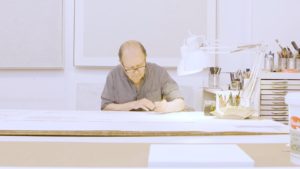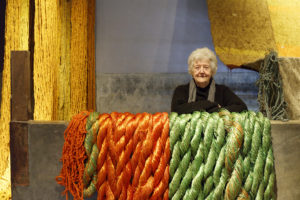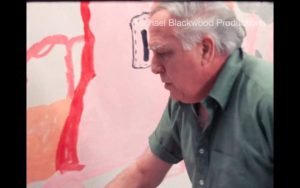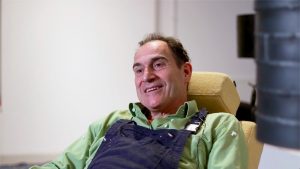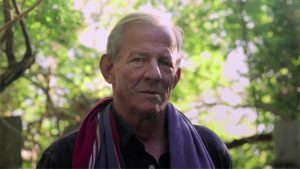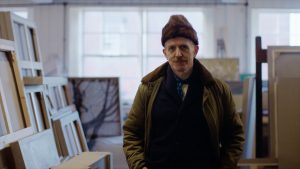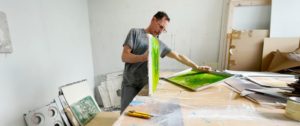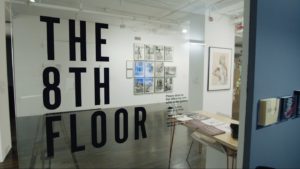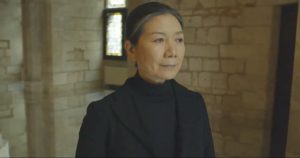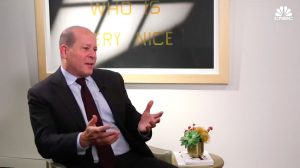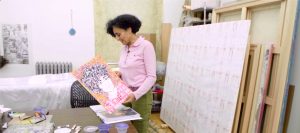
MUSEUMS: Meriem Bennani Explores – and Protests – the Legacy of Colonialism
Whitney Museum of American Art
“I like finding these complex subjects that have so many contradictions in them, because I feel like they push me to try and create a language that holds that complexity. And so that usually happens with a mixing of different genres.” —Meriem Bennani
If we had to pick some favorite places for viewing art in New York City, the terraces of the Whitney Museum would certainly be right up there. There is something special about the setting with those views, and the Whitney has also done an outstanding job in curating the spaces, with this year’s Biennial being no exception. Interestingly, but probably coincidentally, two of the artists that requested their work be withdrawn in the wake of the Kanders revelations and ensuing protests – Nicole Eisenman and Meriem Bennani – have works installed on the museum’s terraces. Thankfully for those who had not yet seen the exhibition, the works remain in place after Kanders’ resignation.
As we bring the summer to a close and start looking to the fall, we wanted to share one last video from the Whitney Biennial. Here is the final of five studio visits produced by Sandenwolff Productions in the lead-up to the Biennial. In this video, Bennani speaks about how her work is informed by her experience growing up French-Moroccan, leading her to create unique visual languages that explore the legacies of colonialism. For the Biennial, she incorporates video into a large-scale installation on the terrace that she calls a “video viewing garden” that engages the viewer in novel, and even conflicting ways.




